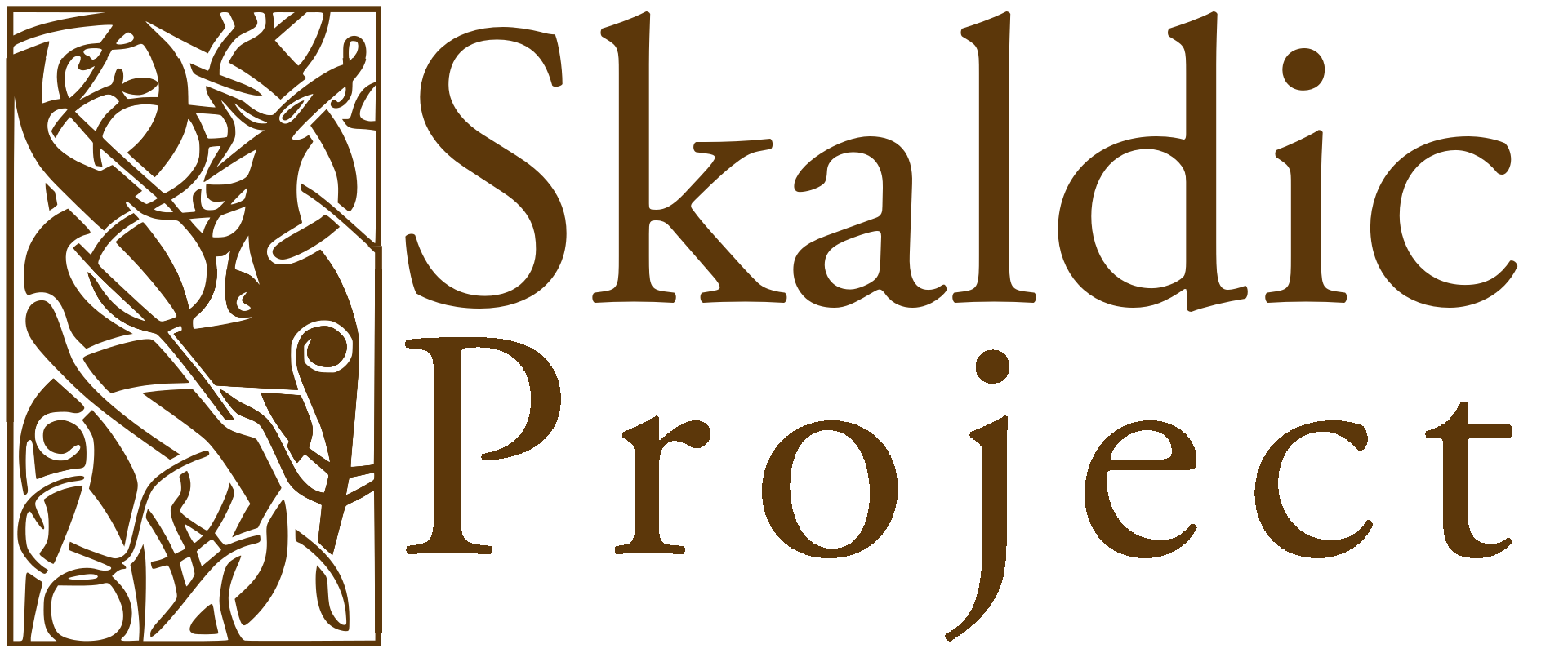Note to Bjbp Jóms 4I
[5-6]: These lines are now illegible, but the RCP and RFJ readings above suggest that they refer to the myth of the mead of poetry (cf. Note to st. 1/6), again alluding to, yet rejecting, the association of poetry with Óðinn. Hangi can refer either to a hanged man or to Óðinn (LP: hangi), and the god is said both to have sat under hanged men (Yng, ÍF 26, 18) and to have hanged himself on a tree (Hávm 138-41); see also Haugen (1983); Schjødt (1993); Lassen (2010, 190-1).
References
- Bibliography
- LP = Finnur Jónsson, ed. 1931. Lexicon poeticum antiquæ linguæ septentrionalis: Ordbog over det norsk-islandske skjaldesprog oprindelig forfattet af Sveinbjörn Egilsson. 2nd edn. Copenhagen: Møller.
- ÍF 26-8 = Heimskringla. Ed. Bjarni Aðalbjarnarson. 1941-51.
- Haugen, Einar. 1983. ‘The Edda as Ritual: Odin and his Masks’. In Glendinning et al. 1983, 3-24.
- Schjødt, Jens Peter. 1993. ‘The Relation between the Two Phenomenological Categories Initiation and Sacrifice as Exemplified by the Norse Myth of Óðinn on the Tree’. In Ahlbäck 1993, 261-74.
- Internal references
- (forthcoming), ‘ Heimskringla, Ynglinga saga’ in Kari Ellen Gade (ed.), Poetry from the Kings’ Sagas 2: From c. 1035 to c. 1300. Skaldic Poetry of the Scandinavian Middle Ages 2. Turnhout: Brepols, p. . <https://skaldic.org/m.php?p=text&i=158> (accessed 6 April 2025)
- Not published: do not cite ()
